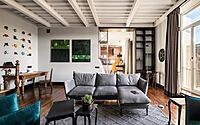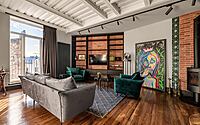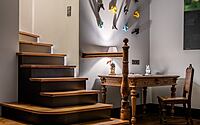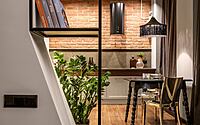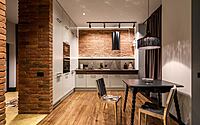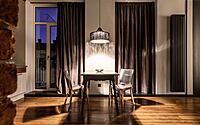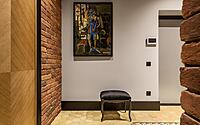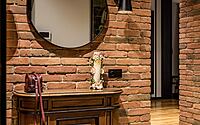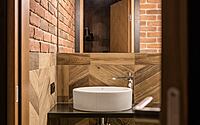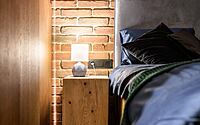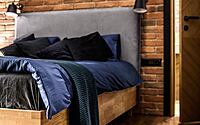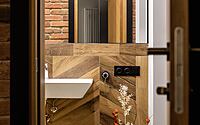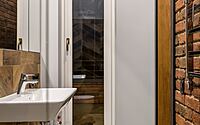Artefact by Let’s Design
Artefact is an eclectic two-story apartment located in Lviv, Ukraine, redesigned in 2021 by Let’s Design.

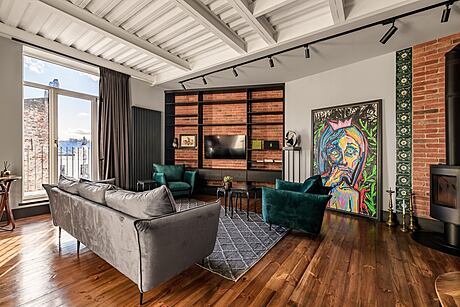
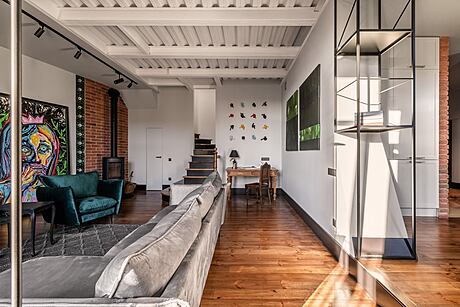
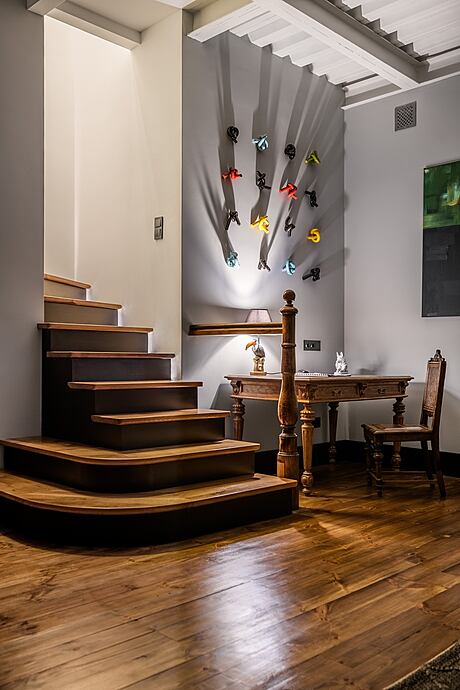

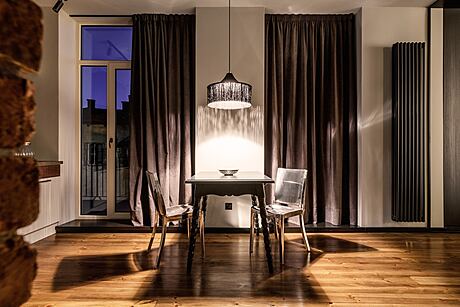


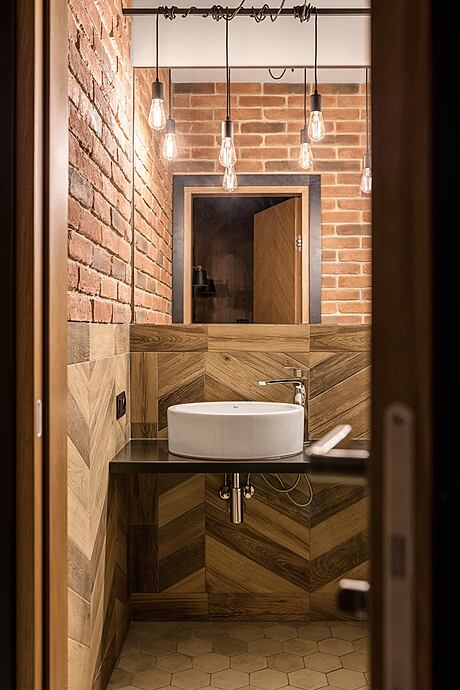
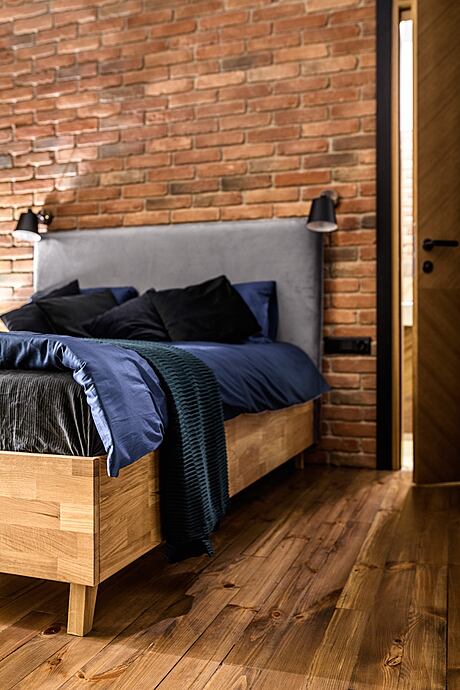
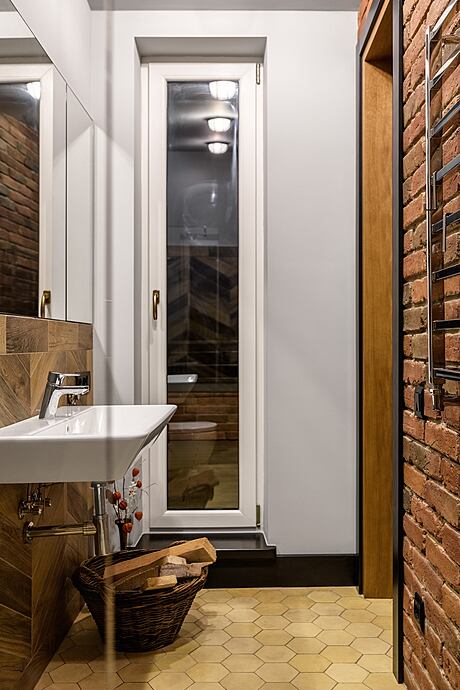
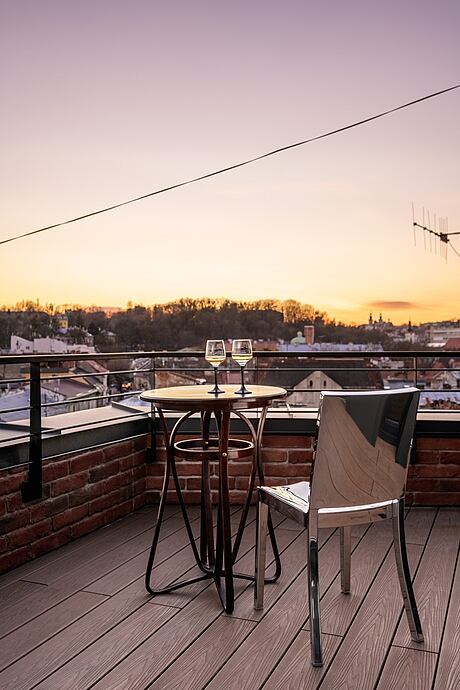
Description
The “Artefact” project is an example of the material embodiment of design, which is a carrier of certain artistic contents. Today, we see a person who in the “urban jungle” finds his own cave, where the fire shines and warms, and cultural artifacts are placed in different places, in which all miracles are depicted, happiness is spilled, reflections come, and sometimes ironic memories.
In his space, a person is aware of himself as the author and creator of his own actions, with unique physical and spiritual qualities, needs and abilities, the bearer of reason, feelings and will, the expression of his national and professional affiliation. In this cave, a person gathers strength and courage to go on through the tense and dynamic everyday life of today.
The ideological basis for the creation of this interior was its location: the city center, among architectural monuments. In 1901-1939, the building was occupied by Bernard Polonetskyi’s “Polish Bookstore”. In Soviet times, there was a coffee shop in the building, where Lviv musicians liked to gather, and a “Produkty” store popularly known as “Skvoznyak”, which is still here today. In the 2000s, the house was carefully restored by its owners. For the residential interior, the idea was to create a complete composition from the historical space with its unique lines, authentic interior elements, traditional decor and combine it with modern materials for living comfort and aesthetic completeness.This is how the “Artefact” project was born, as a symbiosis of two worlds – history and modernity. The two-level apartment is located in the city of Lviv on the street Rudansky on the 4th floor. On an area of 90.8 m2, there is a hall with a guest bathroom, a kitchen and a living room on the first level and a bedroom with a bathroom for the owners on the second. Opening the front door, we immediately plunge into the past: authentic tiles on the floor, a woven rug, an old restored chest of drawers and embroidered bricks on the walls. It was recreated using Gorgona concrete-sand tiles. A spacious wardrobe is hidden behind veneered sliding doors. The bathroom continues the line of brick walls in combination with ceramic tiles with a wood texture and mirror panels, which visually enlarges the small room. Pendants with Edison bulbs complete the composition. In the kitchen, we pick up the theme of the entrance area: bricks on the wall of the work surface, the floor is made of old beams that were previously part of the roof structure of the same building. The laconic form of the kitchen, with an accent line of wooden facades and warm lighting, provides the background for a composition of an old barracks dining table and aluminum chairs by Philippe Starck, model Hudson, once designed for the Hudson Hotel in New York. A metal arch connects the two spaces of the first level of the apartment – the kitchen and the living room, where the attention is drawn to the fireplace hearth framed with traditional tiles preserved from the furnace.Let’s pay attention to the metal structure of the second-level ceiling, which will pass into the space of the staircase as a white spot. Here you can take a book from the library, sit comfortably, feel the look of “Mira” by Myroslava Bachkur. Contemplate the sculpture “Birth” made by 11-year-old Timofey under the guidance of Yaroslav Kostka. Sit at the desk and see the ceramic “Knots” by Olga Pylnyk, which remind us of the processes in our imagination. Get up to throw firewood and notice the diptych “Green Eye” by Marichka Kurylyshyn. Homeowners love things that carry a story about themselves and fill the space with themselves. We up the reincarnated wooden stairs to the second level, to a small cozy bedroom with a unique view of the city.
And the first thing we will see when we step on the terrace are the Swans, proudly sitting on the Lviv Philharmonic. The bedroom and the shower room are separated by a decorative brick wall, made in the same style and materials as the first level powder room. The window lets the sun’s rays into the mirror, and lets the sun bunnies onto the old Austrian tiles.
The “Artefact” project was created and implemented in full synergy.
Photography by Nick Korsun
Visit Let’s Design
- by Matt Watts